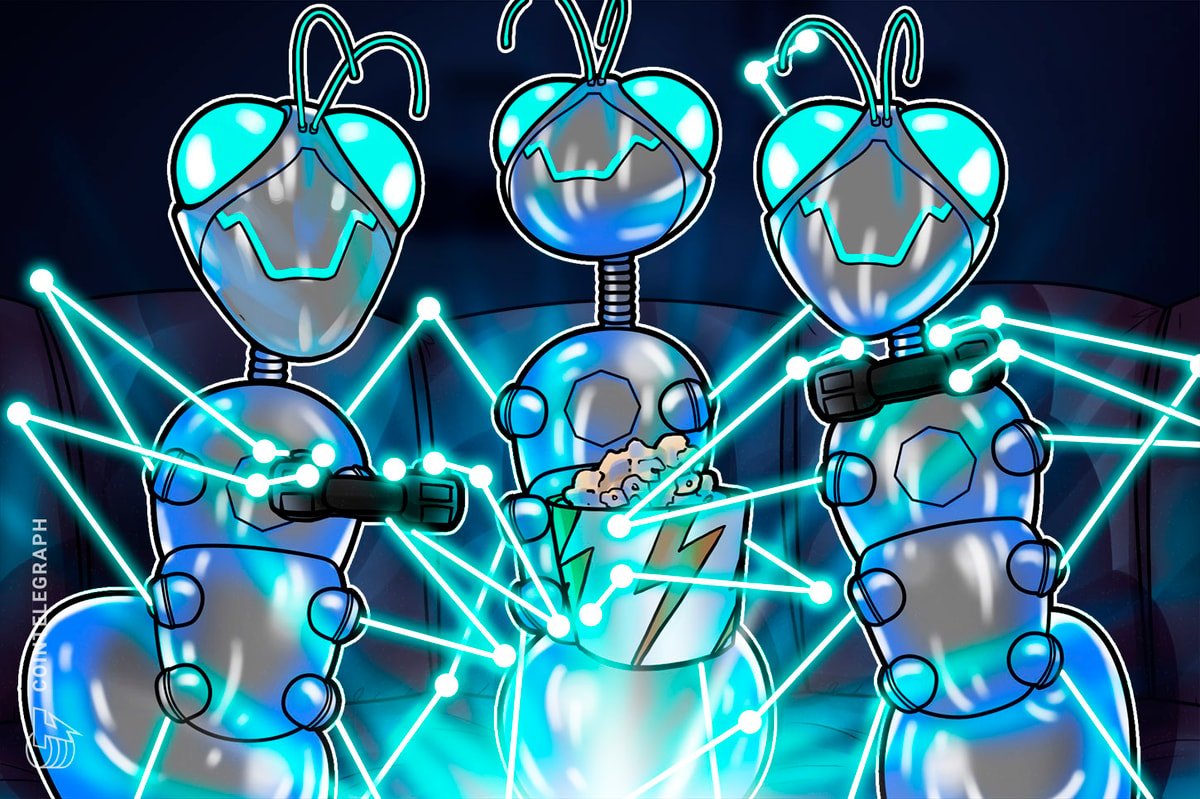The below is an excerpt from a recent edition of Bitcoin Magazine Pro, Bitcoin Magazine's premium markets newsletter. To be among the first to receive these insights and other on-chain bitcoin market analysis straight to your inbox, subscribe now.
The network continues along every block just fine but the mean hash rate has suffered a decent hit over the last month falling 17.4% from the recent all-time high. A lot of the hash leaving the network that we’re seeing is because 1) hash rate following a lower bitcoin price as older machines become unprofitable on the margin and 2) impact of the recent heatwave in the United States and curtailment especially in Texas. As energy demand soars in the summer months and electricity prices rise with it, we can expect periods of industry-scale miners shutting down hash rate as per their power agreements.
There’s only a handful of times in Bitcoin’s history when we’ve seen hash rate drop this much. Yet it’s still up 13.93% this year, while bitcoin price is down 56%.

Hash rate drawdown from difficulty all-time high
As a result, the difficulty adjustment had its largest downward revision (5.1%) since the Chinese mining ban, which was the third downward adjustment in a row, and fourth out of the last five two-week (technically: 2016 blocks) epochs. This is a welcome sign for miners’ profitability who can stay online. With the adjustment and the recent price rally off the lows, hash price has rebounded 48% of its lows to back over $0.10 (at least for now).

Total mining difficulty with percentage change
Estimates for marginal Bitcoin production costs across some of the largest public Bitcoin miners sits around $6,000 to $10,000 mostly accounting for electricity costs. As they run some of the most efficient, new generation hardware on the market, estimated production and pure electricity costs are much higher for the total network. Created by Charles Edwards, an estimate for total network Bitcoin electricity cost sits around $16,000 right now. It’s rare to see bitcoin break below this rising electricity cost estimate throughout its history but it has happened before.













